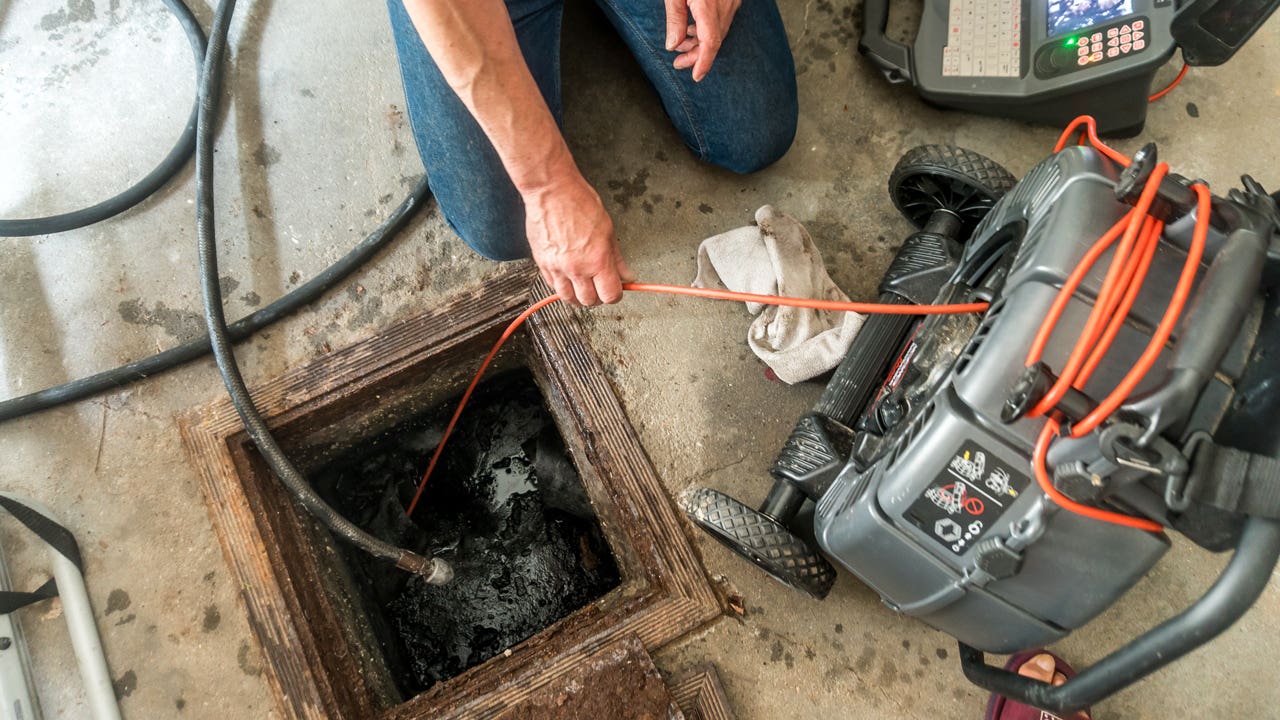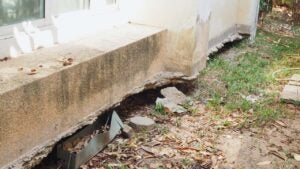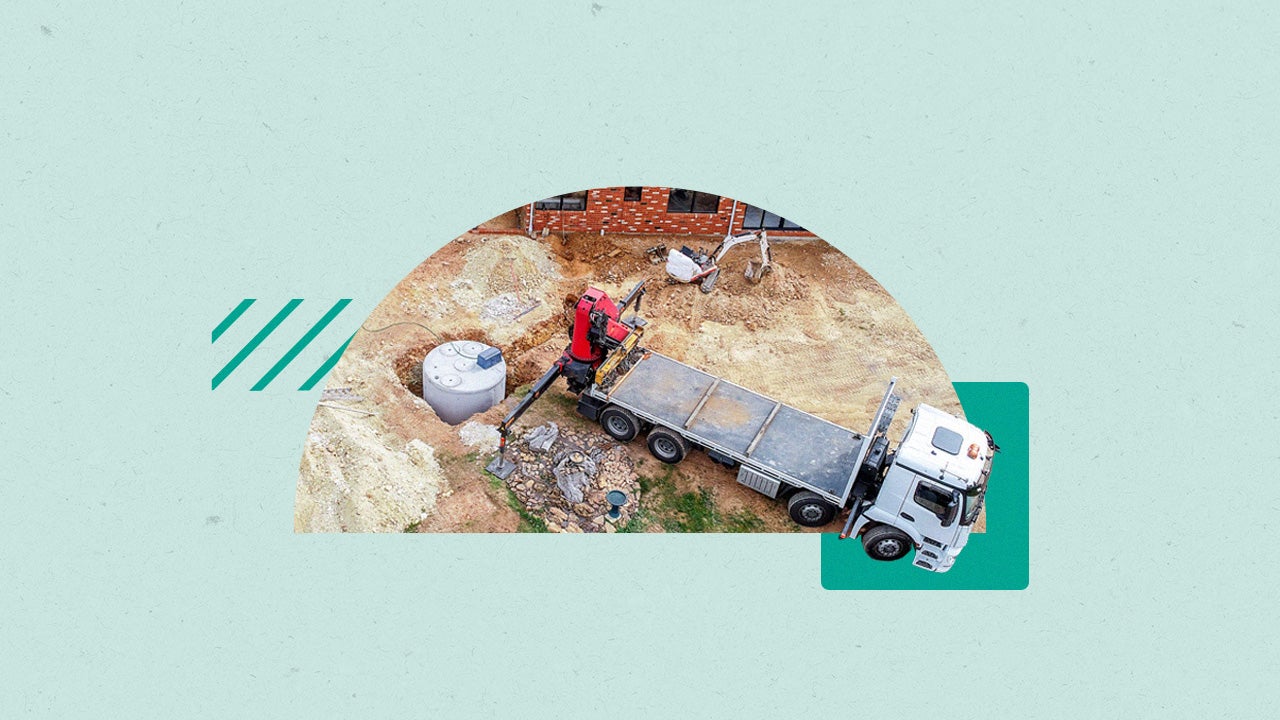Does homeowners insurance cover sewer lines?

Key takeaways
- Homeowners insurance may cover sewer line damage if it stems from something already included in your policy, like a fire or windstorm.
- Sewer line damage that is the result of wear and tear is excluded from home insurance coverage.
- Preventive measures like properly disposing of grease and oils, using a drain catcher, and avoiding planting trees near sewer lines can help avoid drain clogs and sewer line damage.
Your utility company is often not the one who pays to fix your home’s underground utility lines. When service lines on your property, like sewer, gas and electricity lines, are damaged, it’s usually on the homeowner — not the city — to repair them. A survey from Nationwide found that almost one in three homeowners (32 percent) incorrectly think that service lines are covered by a standard home insurance policy. Bankrate’s insurance editorial team is here to walk you through what you need to know about sewer line insurance coverage.
Does homeowners insurance cover sewer lines?
In some cases, it can. If your home’s sewer lines are damaged because of something included in your policy, your insurance company could step in to help cover the damage. If that happens, your sewer lines would be covered under the others structures (Coverage B) portion of your home insurance policy, and claim payouts are normally capped at 10 percent of your total dwelling limit. So, if you have a $300,000 dwelling limit, you likely have $30,000 for sewer lines and the other structures on your property apart from the main house.
However, most of the time, broken sewer lines and the resulting damage are from wear and tear or other causes that home insurance companies specifically exclude from coverage. If your sewer lines are damaged by something excluded by your home insurance policy, you’ll likely need to pay for the repairs on your own. On average, a well-maintained sewer line can last between 50 and 100 years, depending on the material. While that is a long time, if you are the second or third owner of a home, you may need to repair or replace the sewer line at some point.
The table below breaks down when homeowners insurance covers broken sewer pipes — and where your coverage stops:
| Covered by home insurance | Not covered by home insurance |
| Fire | Wear and tear |
| Windstorm | Tree root infiltration |
| Falling objects | Age |
| Lightning | Ground settling |
| Vehicle damage | Clogs |
| Collapse | Corrosion |
| Explosions | Extreme temperature |
| Volcanic eruptions | Earthquakes |
| Weight of ice and snow |
Sewer lines run fairly deep underground, so it can be challenging to envision a way for something like a falling object to cause damage. Here are a few examples of claims that are typically covered:
- Your home collapses under the weight of ice and snow, causing sewer lines to rupture.
- A windstorm knocks a tree down in your yard, causing the roots to bust open sewer lines.
- Lighting strikes your home, causing an explosion, which also damages the sewer line.
What can damage your sewer line?
Several situations can cause sewer line damage. Aside from the physical sewer line rupturing, sewer water can back up into your home, damaging the dwelling and personal property. Some events that cause sewer line damage are:
- Flooding: Flooding is one of the most common causes of sewer line damage and sewage water back up. Rising water can cause soil, sediment and debris to shift and break pipes. The pressure and overflow of flood waters can also force untreated sewage water back through the pipes and into your home.
- Freezing temperatures: A sudden drop in temperature could cause the pipes in your home and sewer lines to freeze. Freezing water expands and cold pipes contract, leading to damage ranging from minor leaks to pipe bursts.
- Tree roots: Roots from trees on or near your property could grow into your sewer line, causing the sewer pipe to break. This is especially true for older homes that still have ceramic sewer lines.
- Clogged drains: Drain clogs not only cause drainage issues, but if not remedied, they could weaken the pipe. When the pressure from the clogs gets too high, the pipe can burst.
- Earthquakes: Seismic activity can cause the ground to shift, which in turn can damage your sewer line.
Optional coverage for sewer lines
Thankfully, many of the best home insurance companies offer a solution to this problem by way of endorsement. When sewer lines fail, there may be damage from sewer water backing into the home and damage to the physical sewer pipe. Some insurance companies may provide limited coverage for water back up, but the cost to repair the sewer line itself is usually excluded. Seek your agent’s advice to determine how your insurance company handles these kinds of losses. If needed, you may want to consider one or more of the following:
- Service line endorsement: Also called sewer line replacement, this can help cover the cost of repairing your sewer lines if they’re damaged from corrosion, wear and tear, pest damage, tree root damage, freezing temperatures and other losses. It may come with a separate deductible, and coverage usually ranges from $10,000 to $12,000.
- Sewer backup endorsement: This is slightly different from a service line endorsement: A service line endorsement covers the damage to the sewer line, while a sewer backup endorsement mostly covers the damage a broken sewer line does to your home and personal belongings. It can also cover damage to the sewer line, but a smaller number of perils.
- Home warranty: A home warranty may offer sewer line coverage and is different from homeowners insurance. It is a separate plan that can help cover certain appliance repairs and electrical systems costs.
- Protection plan: Not all home insurance companies offer service line endorsements. In that case, contact your utility company and see if it offers a repair plan or warranty for your sewer line and other underground service lines connected to your home.
How to prevent damage to your sewer line
Damage that happens over time, such as wear and tear, or resulting from natural hazards like flooding and earthquakes, are generally out of your control. As a homeowner, the best you can do is properly maintain your home to get the best life expectancy from your sewer line. There are many simple and affordable preventive measures you can take to help avoid drain clogs and sewer line damage, such as:
- Properly dispose of grease and oils
- Use drain catcher to prevent clogs
- Properly dispose of paper and hygiene products
- Avoid planting trees near sewer lines
Frequently asked questions
You may also like

Does pet insurance cover spaying and neutering?

Does homeowners insurance cover foundation repair?

Does homeowners insurance cover your swimming pool?

Does homeowners insurance cover septic tanks?


